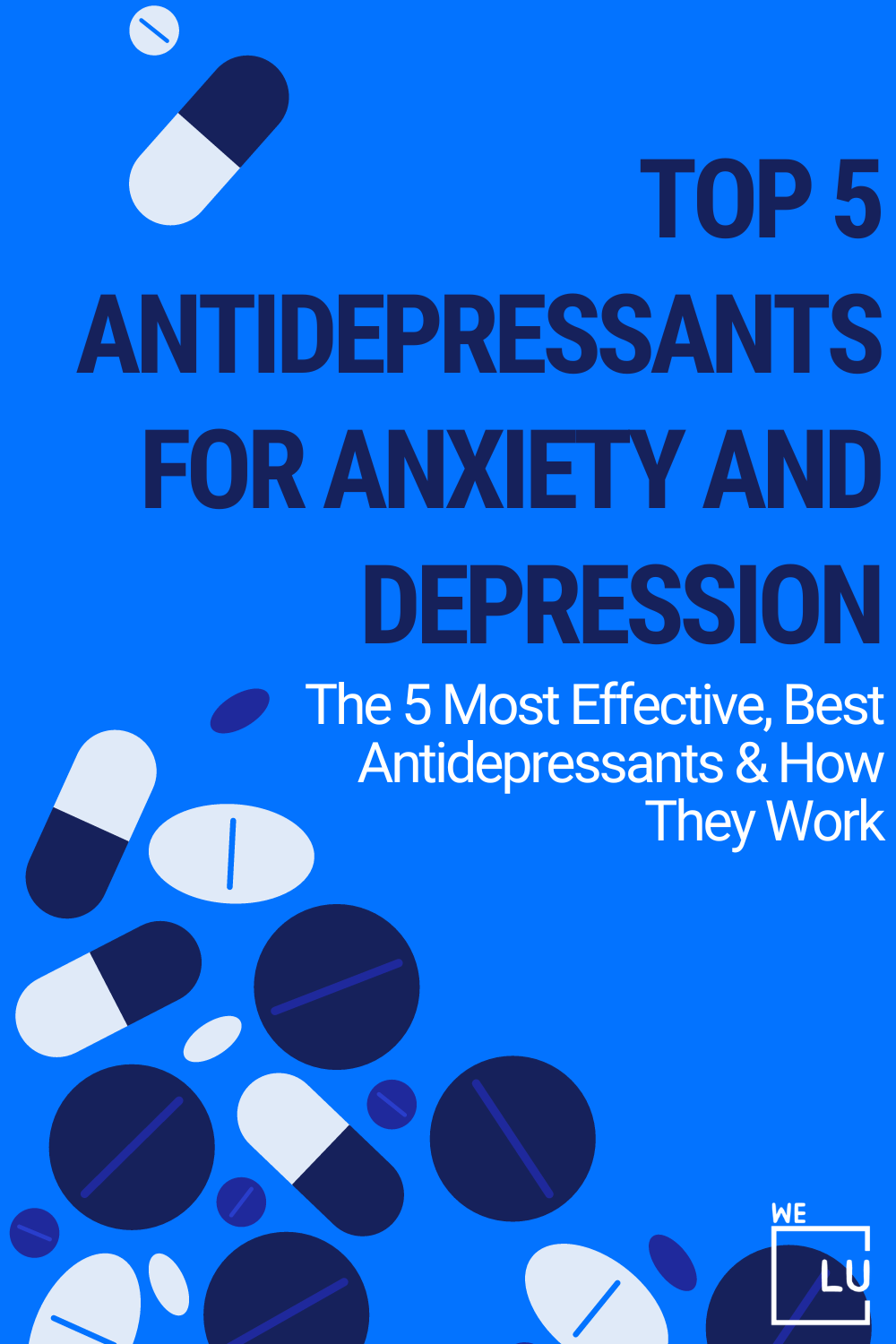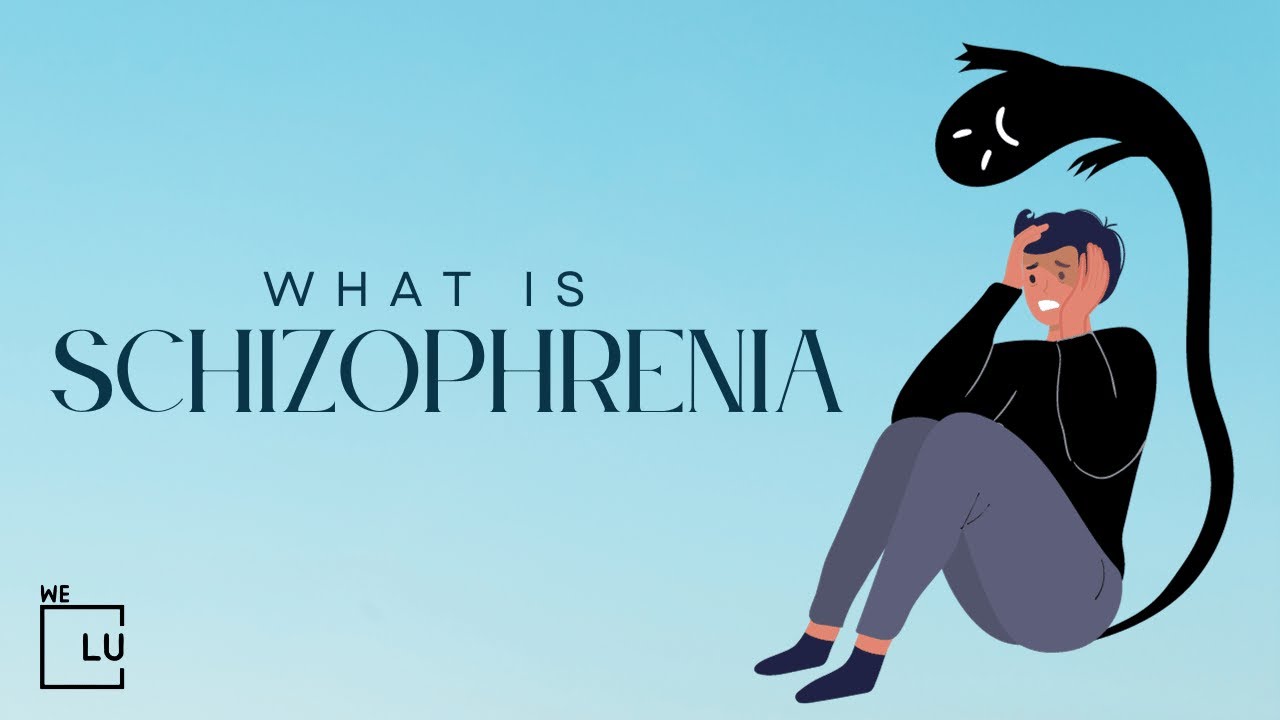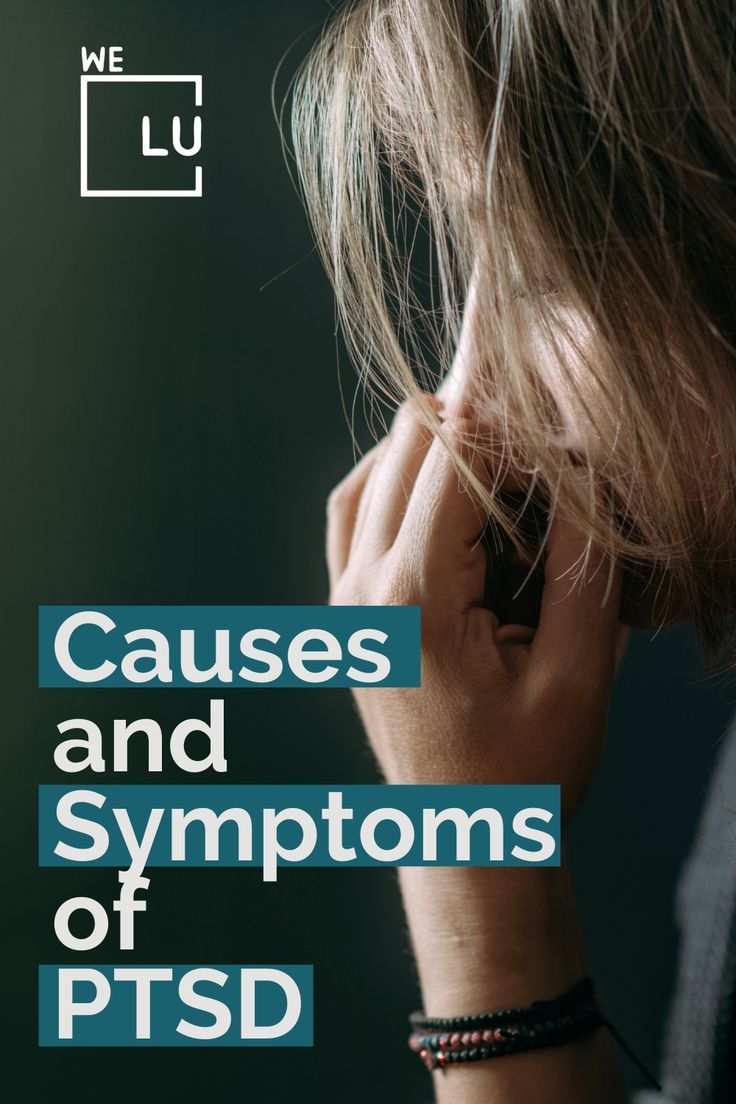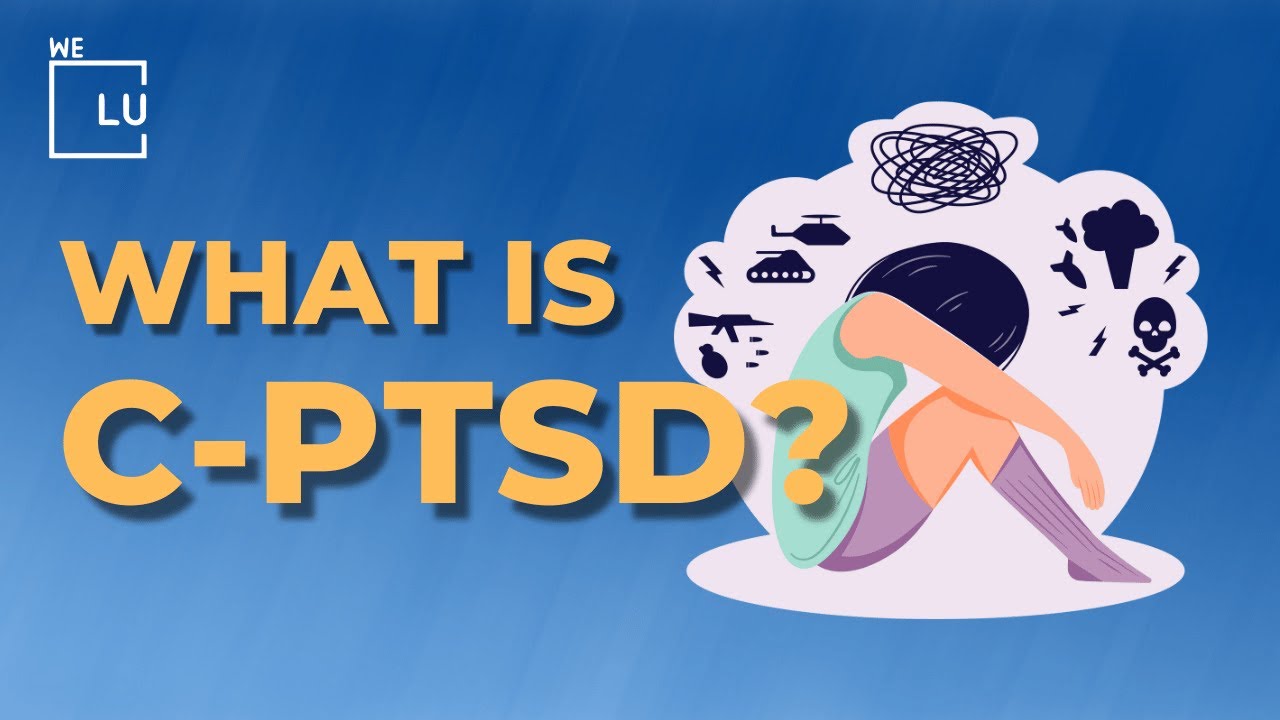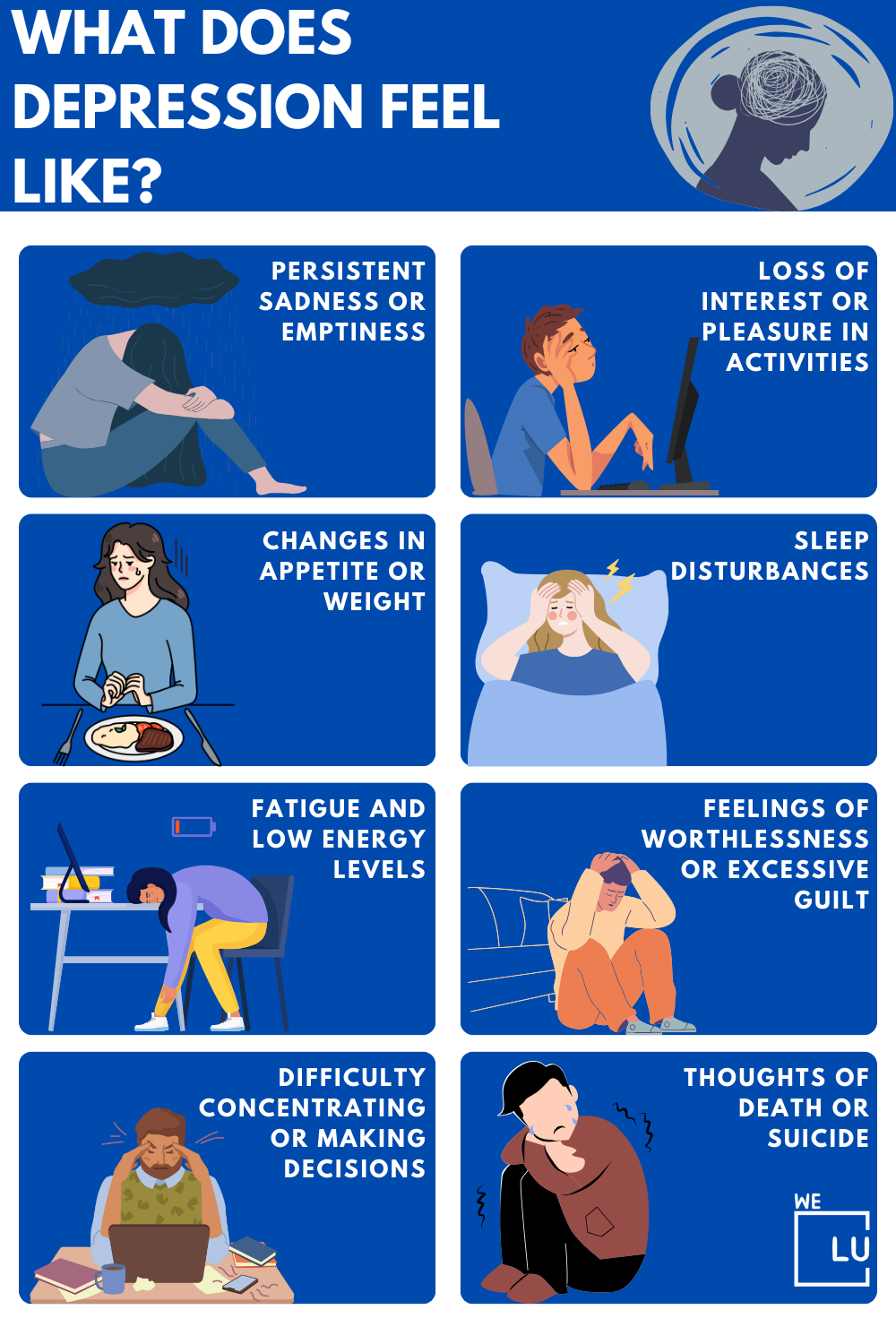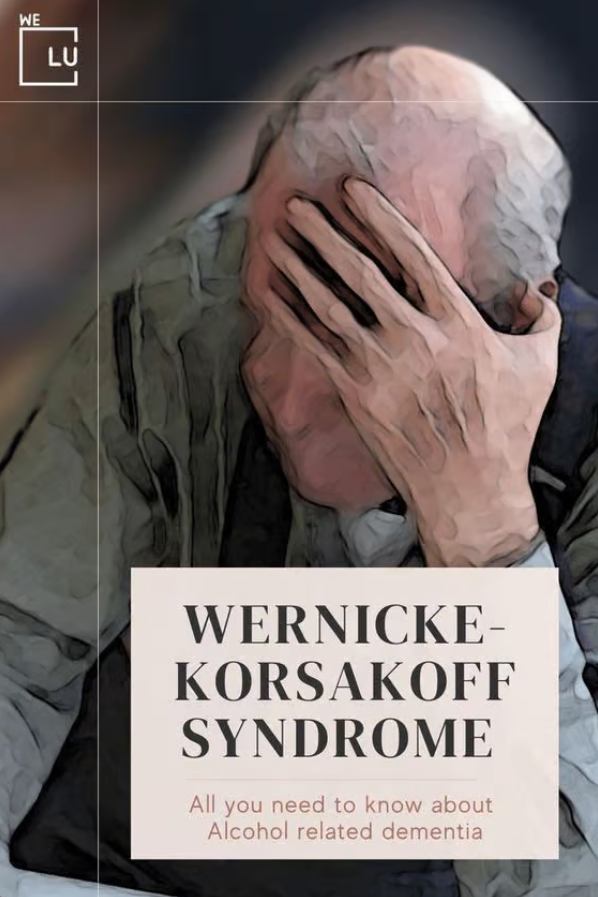What is Trauma Bonding?
Trauma bonding is an intense emotional connection between someone hurt and the person causing the harm. This usually happens in narcissistic romantic relationships, families, friendships, and work. It’s more complicated than typical relationships, involving feelings of fear, loyalty, and dependence. Trauma bonds often happen where abuse or manipulation lasts long, making it challenging for the victim to escape.
There are seven stages of trauma bonding, each continuing the cycle of pain in abusive relationships. Though it’s hard for the victim to escape, understanding these stages can help break the bond.
The 7 Stages of Trauma Bonding
In the seven stages of trauma bonding, relationships may start well but can slowly become abusive. This process significantly affects a victim’s view of the world, their sense of reality, and how they relate to themselves.
- Idealization: The initial phase involves an idealized perception of the abuser, overlooking flaws.
- Devaluation: The abuser’s negative traits and behaviors become apparent, causing confusion and emotional pain.
- Hope: The victim hopes the abuser will revert to their initial positive behavior.
- Fear: The abuser’s unpredictable nature instills fear, creating a sense of helplessness.
- Enmeshment: The victim’s identity becomes intertwined with the abuser’s, leading to emotional dependence.
- Despair: Continued cycles of abuse result in emotional lows, causing hopelessness and desperation.
- Detachment: Recognizing the unhealthy bond, the victim seeks to break free and regain self-sufficiency.
Who’s More Likely to Develop Trauma Bonds?
People who’ve gone through emotional and relational trauma are often targeted by those looking to create a traumatic bonding, intentionally or not. People who are vulnerable to trauma bonding may include the following:
- Individuals with a history of abusive relationships.
- Those who have experienced childhood trauma.
- People with low self-esteem.
- Individuals with a strong desire for connection and approval.
- Those facing chronic stress or adversity.
- Individuals with a lack of healthy coping mechanisms.
Trauma bond survivors may understand on an intellectual level that what’s happening to them is wrong and that their relationship is painful and soul-crushing. However, accepting it as abuse is often a challenge for them.
10 Signs of Trauma Bonding
Suppose you recognize these signs in yourself or someone else. In that case, seeking support and considering professional help to address the underlying issues and break the cycle of trauma bonding is essential. Here are some indicators:
- Intense Emotional Connection: Feeling excessively attached to someone, even if the relationship is harmful.
- Inability to Detach: Difficulty breaking away from a toxic relationship despite awareness of its negative impact.
- Excusing Abusive Behavior: Rationalizing or justifying the harmful actions of the person causing the trauma.
- Fear of Abandonment: An intense fear of being alone or abandoned, leading to a reluctance to end the relationship.
- Cyclic Patterns: Repeating patterns of breaking up and reconciling with the same person.
- Isolation from Support Systems: Withdrawing from friends and family due to the influence of the person causing the trauma.
- Low Self-Esteem: Feeling unworthy or unlovable, often due to an abusive relationship.
- Dependency: Relying heavily on the approval and validation of the person causing the trauma.
- Mood Swings: Experiencing extreme highs and lows based on the actions and attention of the other person.
- Resistance to Criticism: Reacting defensively or with extreme sensitivity to criticism of the person causing the trauma.
Effects of Trauma Bonding in the Brain
Psychological research indicates that exposure to trauma can induce confusion and shock in the brain, potentially resulting in various biological alterations and stress responses. These may involve the development of the following:
- Post-traumatic stress disorder (PTSD).
- The onset of other mental illnesses.
- Substance use disorders.
- Modifications in the limbic system.
- Shifts in hormonal levels.
- Changes in brain chemistry.
- Declines in overall brain functioning.
These changes may be internal and, consequently, less perceptible to the eye.
Get trauma bonding counseling that works. Discover professional help from We Level Up Florida’s mental health therapists. Start getting support with a free call to our mental health hotline.

Skip To:
Learn More:
- What is My Trauma Response Quiz Fight Flight Freeze Fawn? Online Trauma Response Quiz Free.
- What is Vicarious Trauma? Causes, Symptoms, and Coping Strategies
- Generational Trauma Definition, Symptoms, and Treatment
- Free Childhood Trauma Test. Online Childhood Trauma Test For Adults. 1 Minute Childhood Trauma Quiz.
- Trauma Symptoms, Sexual, Betrayal, Acute, Complex, Emotional & Psychological Traumas
- Top 6 Effective Coping & Grounding Techniques for Anxiety Attacks and Trauma
- What Is Complex Trauma & How Does It Develop? CPTSD Symptoms, Signs, and Treatment
- Trauma Treatment: What Is It? Symptoms and Types
- PTSD Therapy Near Me. Post-Traumatic Stress Disorder Guide.
- Inspiring Self-Love Quotes to Help You Feel Your Best, Trauma Bonding Quotes, and Recovery
Get Help. Get Better. Get Your Life Back.
Searching for Accredited Dual Diagnosis Mental Health Centers Near You?
Even if therapy failed previously, or are in the middle of a difficult crisis, we stand ready to support you. Our trusted behavioral health specialists will not give up on you. When you feel ready or just want someone to speak to about counseling alternatives to change your life call us. Even if we cannot assist you, we will lead you to wherever you can get support. There is no obligation. Call our hotline today.
FREE 24/7 Dual Diagnosis Mental Health Services Hotline
Breaking a Trauma Bond
Breaking a trauma bond is a gradual process that involves acknowledging the unhealthy attachment, seeking therapeutic support to navigate the emotional complexities, and actively working on setting and enforcing boundaries within the relationship.
It requires a commitment to self-discovery, resilience, and a willingness to let go of the emotional ties that have kept the bond intact. Through self-reflection and professional guidance, individuals can untangle themselves from the toxic dynamics and pave the way for healing and healthier connections.
Trauma Bonding Therapy
The effectiveness of therapy can vary from person to person, and it’s crucial to find an approach that resonates with and meets the specific needs of the individual.
- Cognitive-Behavioral Therapy (CBT): CBT is a goal-oriented therapeutic approach that identifies and changes negative thought patterns and behaviors. In the context of trauma bonding, it can help individuals recognize and challenge distorted beliefs about themselves and their relationships. This can be particularly useful in breaking the attachment cycle to an unhealthy or traumatic bond.
- Eye Movement Desensitization and Reprocessing (EMDR): EMDR is a specialized therapy often used for treating trauma. It involves guided eye movements while the individual recalls distressing memories. EMDR aims to help process these memories, reducing their emotional impact and facilitating adaptive coping mechanisms. It’s been found effective in addressing trauma and its associated bonds.
- Dialectical Behavior Therapy (DBT): DBT combines cognitive-behavioral techniques with mindfulness strategies. It is often used to treat complex emotional issues, including trauma bonding. DBT helps individuals regulate emotions, tolerate distress, and improve interpersonal effectiveness. These skills can be crucial in navigating and overcoming the challenges associated with trauma bonds.
Trauma Bonding Support Groups
Trauma-bonding support groups offer a safe space for individuals to share their experiences and receive validation from others who have faced similar challenges. These groups often provide a sense of belonging and understanding, helping participants break the isolation that can accompany trauma bonds. Through shared insights and coping strategies, members find strength and encouragement in their journey toward healing and breaking free from unhealthy attachments.
Trauma Medication
There aren’t specific medications explicitly designed for trauma bonding. However, medicines may be prescribed to address symptoms associated with trauma, such as anxiety, depression, or sleep disturbances. Here are three classes of medications that might be considered:
- Antidepressants (Selective Serotonin Reuptake Inhibitors – SSRIs): SSRIs like fluoxetine (Prozac), sertraline (Zoloft), or paroxetine (Paxil) may be prescribed to help manage symptoms of depression and anxiety that often accompany trauma.
- Anti-anxiety medications (Benzodiazepines or Buspirone): These medications, such as lorazepam (Ativan) or buspirone (BuSpar), might be used to address acute anxiety symptoms. However, caution is advised with benzodiazepines due to their potential for dependence.
- Prazosin: This medication is sometimes prescribed for trauma-related nightmares or sleep disturbances. Prazosin is an alpha-blocker and may help alleviate distressing dreams.
Medication alone is not a comprehensive solution for trauma bonding. Medication and psychotherapy are often recommended for a more holistic approach to healing. Always consult a healthcare professional for personalized advice based on individual needs and circumstances.
How to Cope With Trauma Bonding?
Dealing with trauma bonding is a gradual process that may require time and effort. It’s essential to be patient with yourself and seek support from others as you navigate the healing journey.
Breaking free from trauma bonding involves several steps:
- Acknowledge the Bond: Recognize and accept that a trauma bond exists. Acknowledge the unhealthy patterns in the relationship.
- Educate Yourself: Learn about trauma bonding, its dynamics, and the impact it can have. Understanding the psychological aspects can empower you.
- Seek Professional Help: A therapist or counselor can provide guidance and support. Professional help can offer strategies to cope with the emotional challenges and break the bond.
- Build a Support System: Surround yourself with friends, family, and support groups. Share your experiences and feelings with those you trust.
- Set Boundaries: Establish clear boundaries with the person causing the trauma. Limit or cut off contact if necessary for your well-being.
- Self-Care: Prioritize self-care activities that promote mental and emotional well-being. This can include exercise, mindfulness, hobbies, and activities you enjoy.
- Challenge Distorted Thoughts: Work on changing negative thought patterns and beliefs that may have developed during the trauma bonding.
- Develop Independence: Rediscover your strengths and interests. Cultivate a sense of independence and focus on personal growth.

We Level Up FL Mental Health Center Tips and Strategies for Trauma Bonding
In breaking the cycle of trauma bonding, it is advisable to prioritize establishing and reinforcing clear boundaries over time. Acknowledge the unhealthy patterns in your relationship, understand that it’s okay to seek help, and gradually build a solid support system to help break free from trauma bonding.

End the Emotional Pain. Get Your Life Back.
Feeling Depressed, Anxious or Struggling with Mental Health Illness? Get Safe Comfortable Mental Health Dual Diagnosis High-Quality Therapy From Counselors That Care. Begin Your Recovery Now.
Hotline (855) 940-6125In-Depth Trauma Bond Meaning
Why Does Trauma Bonding Happen?
To define trauma bonded experience, it’s crucial to understand that it occurs due to a complex interplay of psychological and emotional factors.
It often arises when an individual experiences abuse or intense emotional highs and lows within a relationship. The brain’s response to such experiences can form a solid emotional connection, even in the face of harmful dynamics. Also, factors such as a desire for validation, fear of abandonment, and a distorted sense of self-worth can contribute to the development and persistence of trauma bonds.
These bonds are fueled by various emotions, like the victim’s fear of the abuser, a twisted sense of loyalty, and reliance on the abuser for emotional support. Sometimes, acts of kindness from the abuser can strengthen the bond, creating a cycle of hope and despair.
Understanding the trauma bond definition and trauma bonding signs is crucial for both victims and their supporters. Breaking free from a trauma bond needs more than just getting away physically—it involves deep emotional and psychological healing. Therapy, support groups, and a solid social network can be essential in helping individuals unravel themselves from the complex ties of a trauma bond and regain control of their lives.
Diagnosis and Trauma Bonding Test
Diagnosing trauma bonding often involves a comprehensive psychological assessment by a qualified professional. Clinicians may use standardized tests and interviews to evaluate the individual’s emotional responses, relationship dynamics, and history of trauma.
Trauma Bond Relationship and Attachment
A trauma bond in a relationship is closely tied to attachment dynamics. Attachment is the emotional bond between individuals, often established in early relationships and influencing one’s approach to future connections.
In trauma bonding, an individual may form a solid emotional connection with an abuser or within a toxic relationship due to a distorted sense of attachment. This bond can persist despite harmful behavior, reflecting the deep-seated need for connection and security.
First-class Facilities & Amenities
World-class High-Quality Mental Health Services & Behavioral Health Substance Abuse Treatment
Rehab Centers TourRenowned Mental Health Centers. Serene Private Facilities. Inpatient Rehab Programs Vary.
Mental Health Helpline (855) 940-6125Proven recovery success experience, backed by a Team w/ History of:
15+
Years of Unified Experience
100s
5-Star Reviews Across Our Centers
10K
Recovery Successes
- Comprehensive Dual-Diagnosis Treatment
- Complimentary Family & Alumni Programs
- Coaching, Recovery & Development Events
- Comfortable Onsite Medical Detox Center
Trauma Bond Withdrawal Symptoms
Withdrawal from trauma bonding can trigger various emotional and psychological symptoms. Individuals may experience intense cravings for the presence of the person they are bonded to, similar to the desires seen in substance withdrawal. Symptoms may include:

- Intense Cravings: Strong emotional and psychological desire for the presence and approval of the person causing the trauma.
- Anxiety: Feelings of apprehension, restlessness, and unease, often related to the absence of the toxic relationship.
- Depression: A persistent low mood, sadness, and a sense of hopelessness as the individual copes with the aftermath of breaking the trauma bond.
- Loneliness: Overwhelming feelings of isolation and solitude without the presence of the person bonded to.
- Doubt and Temptation: Moments of uncertainty about the decision to break the bond, coupled with a strong temptation to reestablish contact.
- Emotional Turmoil: Fluctuations between highs and lows as the individual navigates the emotional aftermath of severing the bond.
- Confusion: Mental disorientation and uncertainty about one’s identity and purpose without the influence of the toxic relationship.
- Grief: Mourning the loss of the perceived connection, even if it was harmful, and coming to terms with the need for separation.
- Physical Symptoms: Headaches, changes in appetite, and sleep disturbances may manifest as the body reacts to the emotional stress of withdrawal.
- Isolation: A tendency to withdraw from social connections and support systems as part of the struggle to cope with the aftermath of trauma bond withdrawal.
Trauma Bonding Examples
These examples aim to highlight the emotional and psychological aspects of trauma bonding, showcasing how individuals may become deeply attached to those who cause them harm.
- Longing for Approval: Someone may develop a trauma bond when they constantly seek approval or validation from an abusive person, clinging to moments of praise or affection even amidst the mistreatment.
- Fear of Abandonment: A person might experience trauma bonding if they fear being abandoned or rejected by an abusive individual, making it difficult for them to leave the relationship despite the harm.
- Reliance on Intermittent Reinforcement: Trauma bonding can occur when an individual becomes emotionally attached to someone who provides intermittent positive reinforcement, creating a cycle of hope and disappointment.
- Confusing Love with Abuse: In some cases, individuals may have difficulty distinguishing between love and abuse, forming a trauma bond with someone who alternates between affection and harmful behavior.
- Resistance to Change: Trauma bonding might manifest as resistance to change, even in the face of toxic relationships, due to the familiarity and emotional connection formed with the abusive person. It often happens with trauma bonding friendships, at work, and in the family.
If you or someone you know is dealing with trauma bonding, We Level Up Florida Mental Health Treatment Center provides personalized care with a team of experienced professionals. Begin your journey towards better health by taking the first step towards healing. Get help. Call We Level Up FL now. Each call is free and confidential.
World-class, Accredited, 5-Star Reviewed, Effective Mental Health Dual Diagnosis Programs. Complete Integrated Inpatient Rehab with Free Post Discharge Therapy Planning.
CALL (855) 940-6125End the Emotional Pain Rollercoaster. Gain Stability & Happiness Through Recovery Treatment. Start Mental Health Counseling Today. Get Free No-obligation Guidance by Behaviroal Health Specialists Who Understand Mental Health Recovery.
Narcissist Trauma Bonding Quotes
“You may be one of those individuals who find it hard to accept the notion that there are people as cunning, devious, and ruthless as your gut tells you the manipulator in your life is. That is, you may even be prone to engage in ‘neurotic’ denial. If you are, even when confronted with abundant evidence, you’re dealing with a ruthless conniver, you may refuse to believe it, reluctantly accepting reality only after being victimized too often.”
— George K. Simon, George K. Simon Ph.D., In Sheep’s Clothing: Understanding and Dealing with Manipulative People
“The scars from mental cruelty can be as deep and long-lasting as wounds from punches or slaps but are often not as obvious. Even among women who have experienced violence from a partner, half or more report that the man’s emotional abuse is what is causing them the greatest harm.”
— Lundy Bancroft, Why Does He Do That? Inside the Minds of Angry and Controlling Men
We Level Up FL Mental Health Center Facility Tour
The We Level Up FL Mental Health Center is a prominent and modern facility that delivers cutting-edge behavioral recovery therapy programs. Nestled in a serene, meticulously maintained environment, our center boasts outdoor relaxation areas that serve as rejuvenating havens. Our commitment lies in furnishing science-driven mental health treatments tailored to each client, administered with the utmost precision through individually crafted and highly personalized care.
Do you have questions about trauma bonding recovery or treatment in general? Call our helpline 24/7.
Experience Transformative Recovery at the We Level Up Treatment Center.
See our authentic success stories. Get inspired. Get the help you deserve.



Start a New Life
Begin with a free call to a behavioral health treatment advisor. Learn more about our dual-diagnosis programs. The We Level Up treatment center network delivers recovery programs that vary by each treatment facility. Call to learn more.
- Personalized Care
- Caring Accountable Staff
- Comfortable Amenities
- Licensed & Accredited
- Renowned w/ 5-Star Reviews
We’ll Call You
Search We Level Up FL Trauma Bonding Recovery Mental Health Topics & Resources
Sources
[1] Trauma and Violence – Substance Abuse and Mental Health Services Administration (SAMHSA)
[2] Physiology, Trauma – StatPearls – National Centers for Biotechnology Information Bookshelf
[3] Trauma Assessment – StatPearls – National Centers for Biotechnology Information (NCBI)
[4] What is a Trauma Bond? Understanding the Impact of Trauma – National Institutes of Health (NIH)
[6] Dealing With Trauma – NIH News in Health (.gov)
[8] Post-Traumatic Stress Disorder – MedlinePlus (.gov)
[9] Trauma Bonding Explained in Human Trafficking – 2017—2021 State.gov
